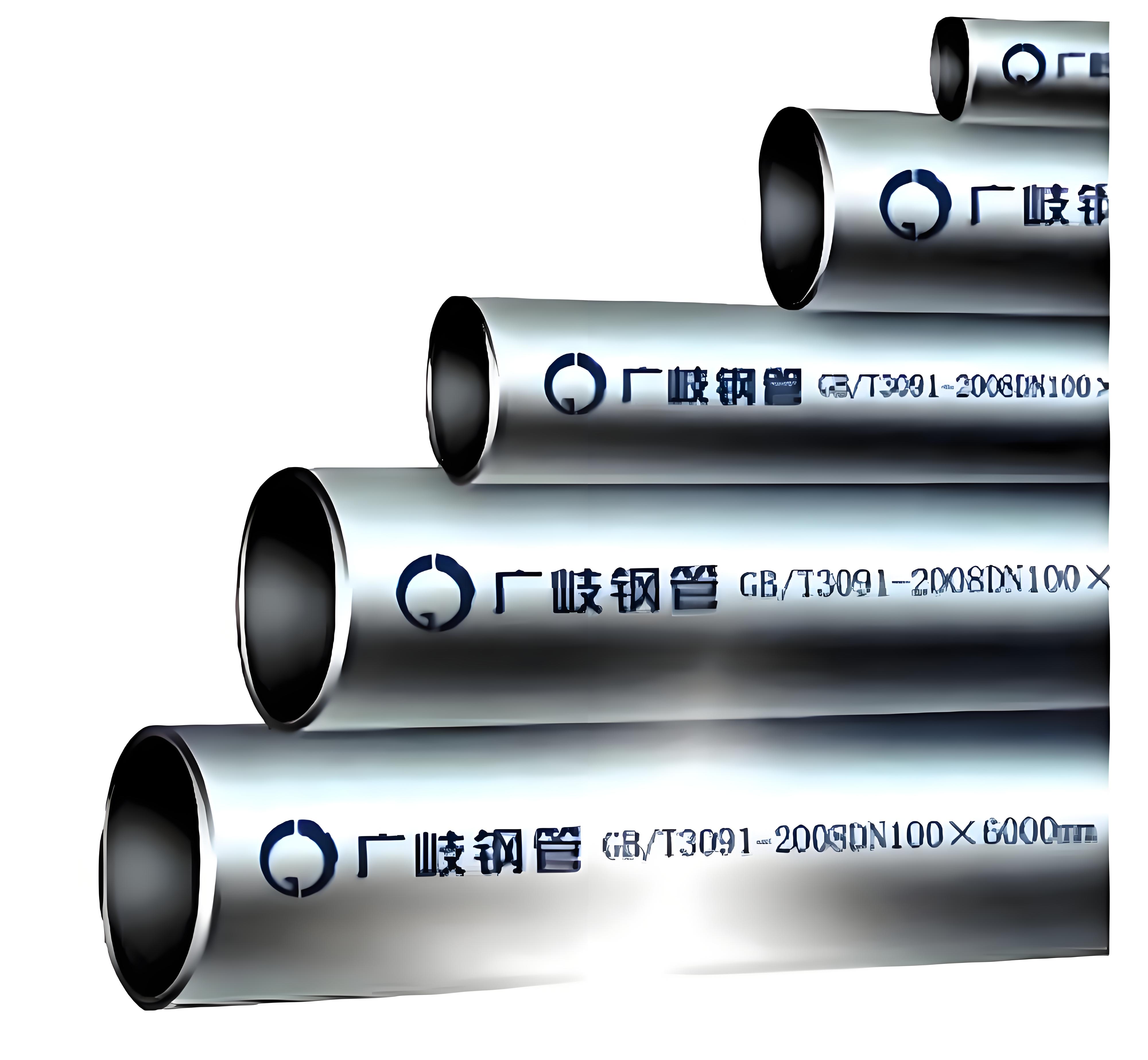The Essential Role of Plastic Sheeting Under Concrete Slabs: A Comprehensive Guide
When it comes to constructing a concrete slab, whether for a residential foundation, a garage, or a commercial building, one question often arises: Do I need plastic under my concrete slab? This inquiry is not merely a matter of preference; it has significant implications for the durability, stability, and overall performance of the concrete structure. In this article, we will delve into the reasons for using plastic sheeting, the types available, and best practices for installation, ensuring that you make an informed decision for your project.
Understanding the Purpose of Plastic Sheeting
Plastic sheeting, often referred to as vapor barriers, serves several critical functions when placed beneath a concrete slab:
- Moisture Control: One of the primary reasons for installing plastic under a concrete slab is to prevent moisture from the ground from seeping into the concrete. Excess moisture can lead to a host of problems, including efflorescence, mold growth, and even structural damage over time. By acting as a barrier, plastic sheeting helps maintain the integrity of the concrete.
- Vapor Retardation: In addition to moisture, vapor barriers also mitigate the movement of water vapor from the ground into the concrete. This is particularly important in areas with high groundwater levels or in climates where humidity is prevalent. Controlling vapor transmission is essential for maintaining indoor air quality and preventing damage to flooring materials.
- Thermal Insulation: While not its primary function, plastic sheeting can provide some degree of thermal insulation. This can be beneficial in climates where temperature fluctuations are common, helping to maintain a more stable indoor environment.
Types of Plastic Sheeting
When considering plastic sheeting for your concrete slab, it’s essential to choose the right type. The most common materials include:
- Polyethylene Sheeting: This is the most widely used vapor barrier material. It is available in various thicknesses, typically ranging from 6 mil to 20 mil. Thicker sheets provide better durability and moisture resistance.
- Polypropylene Sheeting: While less common, polypropylene can be used in specific applications where additional strength and resistance to punctures are required.
- Reinforced Plastic Sheeting: For projects that demand extra durability, reinforced plastic sheeting offers enhanced resistance to tearing and puncturing, making it suitable for high-traffic areas.
Best Practices for Installation
To maximize the effectiveness of the plastic sheeting under your concrete slab, follow these best practices:
- Site Preparation: Before laying down the plastic, ensure that the ground is properly graded and compacted. Remove any sharp objects or debris that could puncture the sheeting.
- Overlap and Seal: When installing multiple sheets, overlap the edges by at least 12 inches and seal them with waterproof tape. This will help create a continuous barrier against moisture.
- Extend Beyond the Slab: The plastic sheeting should extend beyond the edges of the slab to ensure that moisture does not seep in from the sides. This is particularly important in areas where the slab meets walls or other structures.
- Consider Drainage: In regions with high water tables, it may be beneficial to incorporate a drainage system beneath the slab. This can help manage excess water and reduce the risk of hydrostatic pressure building up against the concrete.
- Consult Local Building Codes: Always check local building codes and regulations, as they may have specific requirements regarding vapor barriers and moisture control in concrete construction.
Conclusion
In summary, the question Do I need plastic under my concrete slab? is best answered with a resounding yes. The use of plastic sheeting is a critical component in ensuring the longevity and performance of concrete structures. By preventing moisture intrusion, controlling vapor transmission, and providing some thermal insulation, plastic sheeting plays an essential role in the overall integrity of your concrete slab.

